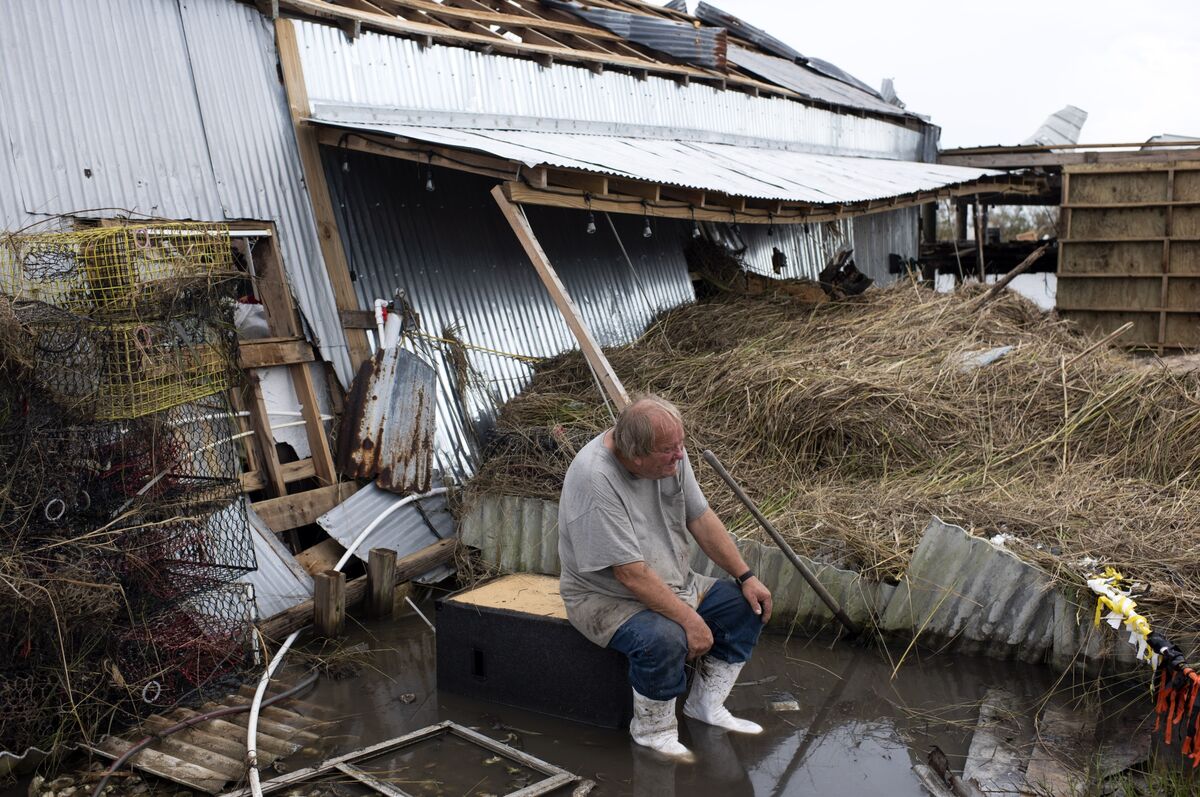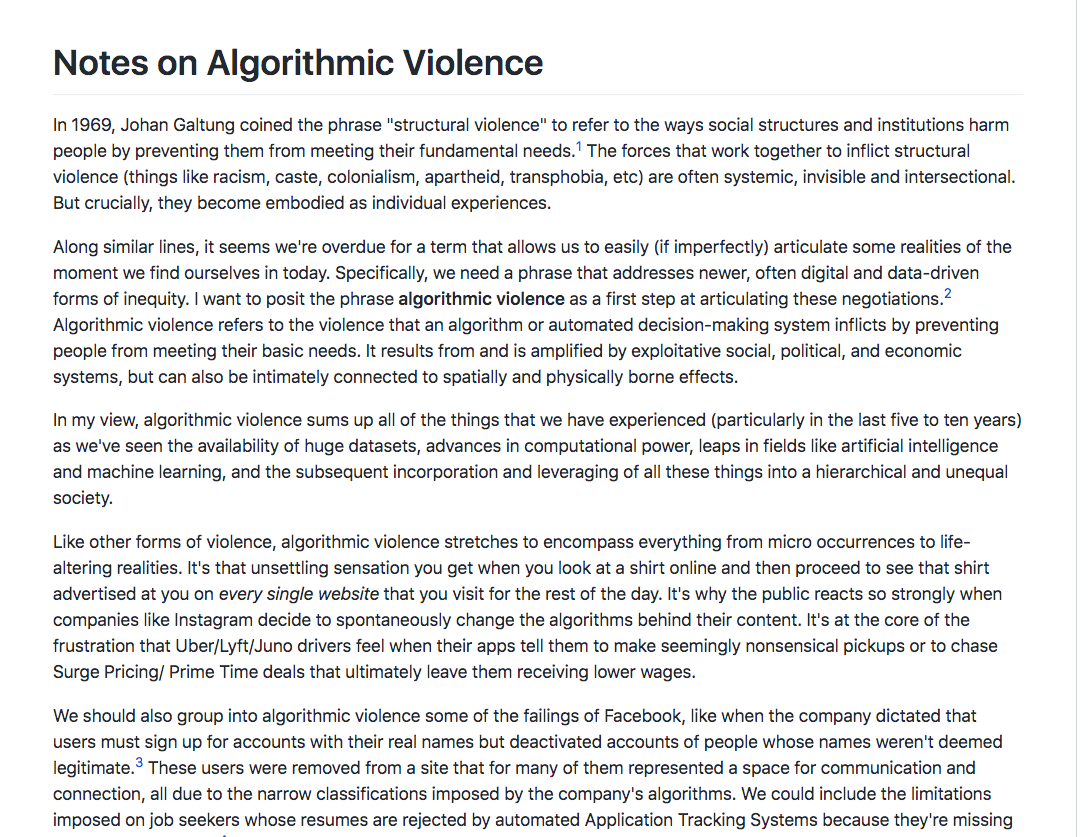Responding To The Threat Of Dangerous Climate Whiplash In Cities

Table of Contents
Understanding the Impacts of Climate Whiplash on Cities
The unpredictable nature of climate whiplash creates a complex web of challenges for urban areas. Understanding these impacts is crucial for developing effective adaptation strategies.
Increased Frequency and Severity of Extreme Weather Events
- More frequent heatwaves: Leading to heat-related illnesses and deaths, overwhelming healthcare systems, and reducing worker productivity. Heat islands, common in densely populated areas, exacerbate this effect.
- Increased intensity of rainfall: Causing flash floods, sewer overflows, and damage to property and infrastructure. This often leads to water contamination and the spread of waterborne diseases.
- Prolonged droughts: Stressing water resources, increasing wildfire risk, and impacting agriculture and food security. Droughts can also lead to water shortages and conflicts over dwindling resources.
- Destructive storms: Causing widespread damage to infrastructure, disrupting transportation networks, and leading to power outages and communication disruptions. The economic cost of repairing storm damage is substantial and often falls disproportionately on vulnerable communities.
The cascading effects of these events are significant. For example, a heatwave can lead to increased energy demand, potentially overwhelming the power grid and causing blackouts. These blackouts, in turn, can impact critical infrastructure like hospitals and water treatment plants.
Strain on Urban Infrastructure
Climate whiplash puts immense strain on urban infrastructure, often revealing weaknesses in existing systems.
- Damage to roads, bridges, and transportation systems: Disrupting commutes, hindering emergency response, and impacting the economy. Aging infrastructure is particularly vulnerable to the stresses imposed by extreme weather.
- Overburdened drainage systems: Leading to widespread flooding, damaging property, and creating public health hazards. Improved drainage design and capacity are critical to mitigating flood risks.
- Power outages: Disrupting essential services, impacting hospitals, communication networks, and businesses. Investing in resilient energy grids is essential for ensuring continued service during extreme weather.
- Damage to water and sanitation systems: Compromising water quality and increasing the risk of waterborne diseases. This can lead to health crises and widespread disruption of daily life.
The cost of repairing and replacing damaged infrastructure is substantial, highlighting the need for proactive investments in climate resilience.
Impacts on Public Health and Wellbeing
The consequences of climate whiplash extend far beyond infrastructure damage, significantly impacting public health and wellbeing.
- Increased risk of heatstroke and other heat-related illnesses: Particularly affecting vulnerable populations such as the elderly, children, and those with pre-existing health conditions.
- Spread of waterborne diseases due to flooding: Contaminated water can lead to outbreaks of cholera, typhoid, and other infectious diseases.
- Mental health impacts of displacement and trauma from extreme events: The emotional toll of displacement and loss can have long-lasting consequences.
- Increased air pollution exacerbating respiratory problems: Extreme weather events can worsen air quality, leading to respiratory illnesses and increased hospital admissions.
Vulnerable populations often bear the brunt of these impacts, emphasizing the need for equitable adaptation strategies that prioritize their needs.
Strategies for Building Climate-Resilient Cities
Building climate-resilient cities requires a multi-pronged approach that addresses both the immediate and long-term challenges posed by climate whiplash.
Implementing Nature-Based Solutions
Nature-based solutions offer cost-effective and sustainable ways to enhance urban resilience.
- Green infrastructure: Green roofs, urban forests, and rain gardens help manage stormwater, reduce the urban heat island effect, and improve air quality.
- Protecting and restoring natural ecosystems: Wetlands and riparian areas act as natural buffers against floods and storms, enhancing resilience to extreme weather events.
- Creating green spaces: Parks and green spaces provide recreational opportunities, improve mental wellbeing, and contribute to a more livable urban environment.
Investing in nature-based solutions not only enhances climate adaptation but also contributes to climate change mitigation by sequestering carbon.
Enhancing Urban Infrastructure Resilience
Investing in resilient infrastructure is crucial for withstanding the impacts of climate whiplash.
- Resilient infrastructure design: Designing infrastructure to withstand extreme weather events, incorporating climate change projections into design standards.
- Upgrading drainage systems: Increasing capacity to handle heavier rainfall and reducing the risk of flooding.
- Developing early warning systems: Providing timely alerts about impending extreme weather events to allow for proactive response measures.
- Implementing smart city technologies: Utilizing data-driven approaches to optimize resource management and enhance response capabilities.
Investing in resilient infrastructure is not merely a cost but a crucial investment in the long-term economic and social well-being of cities.
Promoting Climate Change Mitigation
Addressing the root causes of climate whiplash requires concerted efforts to mitigate climate change.
- Transitioning to renewable energy sources: Reducing reliance on fossil fuels and decreasing greenhouse gas emissions.
- Improving energy efficiency in buildings: Reducing energy consumption and lowering carbon footprints.
- Promoting sustainable transportation options: Encouraging walking, cycling, and public transportation to reduce emissions from vehicles.
- Reducing greenhouse gas emissions from urban activities: Implementing policies to reduce emissions from various urban sectors.
Mitigation efforts are crucial to reducing the intensity and frequency of extreme weather events in the long term, minimizing the impacts of climate whiplash.
Community Engagement and Planning for Climate Whiplash
Successful climate adaptation relies heavily on community engagement and effective urban planning.
Involving Citizens in Climate Adaptation Planning
Community participation is essential for building consensus and ensuring that adaptation strategies are effective and equitable.
- Public consultations and participatory planning processes: Involving residents in decision-making processes to ensure their concerns and needs are addressed.
- Educating communities about climate risks and adaptation strategies: Raising awareness about the impacts of climate whiplash and promoting individual and collective action.
- Empowering local communities to take action: Supporting community-based adaptation initiatives and fostering local leadership.
- Supporting community-based adaptation initiatives: Providing resources and technical assistance to community-led projects.
Community buy-in is vital for successful implementation of climate adaptation strategies.
Integrating Climate Resilience into Urban Planning Policies
Effective policies are crucial for driving change and ensuring long-term sustainability.
- Updating building codes to incorporate climate resilience standards: Ensuring that new buildings are designed and constructed to withstand extreme weather events.
- Incorporating climate risk assessments into urban planning decisions: Considering climate risks when making decisions about land use, infrastructure development, and other urban planning matters.
- Developing climate adaptation plans at the city level: Creating comprehensive plans that address the specific vulnerabilities of each city.
- Securing funding for climate resilience projects: Allocating sufficient resources to implement adaptation strategies and build resilient infrastructure.
Strong policy frameworks are essential for promoting a systemic shift toward more climate-resilient urban environments.
Conclusion
Responding to the threat of dangerous climate whiplash in cities requires a holistic and integrated approach. By implementing the strategies outlined above—from nature-based solutions and infrastructure upgrades to robust mitigation strategies and extensive community engagement—cities can significantly enhance their resilience to extreme weather events. Investing in climate-resilient infrastructure and implementing effective adaptation plans are not merely costs but crucial investments in the long-term well-being of our urban populations. Let's prioritize action to mitigate the risks of climate whiplash and build safer, more sustainable cities for generations to come. Start planning your city's climate whiplash response today.

Featured Posts
-
 Arsenals Pursuit Of Rodrygo A Transfer Update
May 28, 2025
Arsenals Pursuit Of Rodrygo A Transfer Update
May 28, 2025 -
 Akp Djauhari Kasatlantas Baru Polresta Balikpapan Memulai Tugas Dengan Memimpin Sholat Subuh
May 28, 2025
Akp Djauhari Kasatlantas Baru Polresta Balikpapan Memulai Tugas Dengan Memimpin Sholat Subuh
May 28, 2025 -
 Stock Market Today Dow S And P 500 Live Updates For May 27
May 28, 2025
Stock Market Today Dow S And P 500 Live Updates For May 27
May 28, 2025 -
 La Dodgers Vs Arizona Diamondbacks Prediction And Analysis
May 28, 2025
La Dodgers Vs Arizona Diamondbacks Prediction And Analysis
May 28, 2025 -
 The Phoenician Scheme A Bts Featurette On World Building
May 28, 2025
The Phoenician Scheme A Bts Featurette On World Building
May 28, 2025
Latest Posts
-
 Can Algorithms Drive Individuals To Mass Violence Exploring The Legal And Ethical Implications
May 30, 2025
Can Algorithms Drive Individuals To Mass Violence Exploring The Legal And Ethical Implications
May 30, 2025 -
 Algorithms Radicalization And Mass Violence Are Tech Companies Liable
May 30, 2025
Algorithms Radicalization And Mass Violence Are Tech Companies Liable
May 30, 2025 -
 The Algorithmic Influence On Mass Shooters A Call For Corporate Responsibility
May 30, 2025
The Algorithmic Influence On Mass Shooters A Call For Corporate Responsibility
May 30, 2025 -
 Revolutionizing Voice Assistant Development Open Ais New Tools Unveiled
May 30, 2025
Revolutionizing Voice Assistant Development Open Ais New Tools Unveiled
May 30, 2025 -
 Tech Companies And Mass Violence The Algorithmic Connection
May 30, 2025
Tech Companies And Mass Violence The Algorithmic Connection
May 30, 2025
